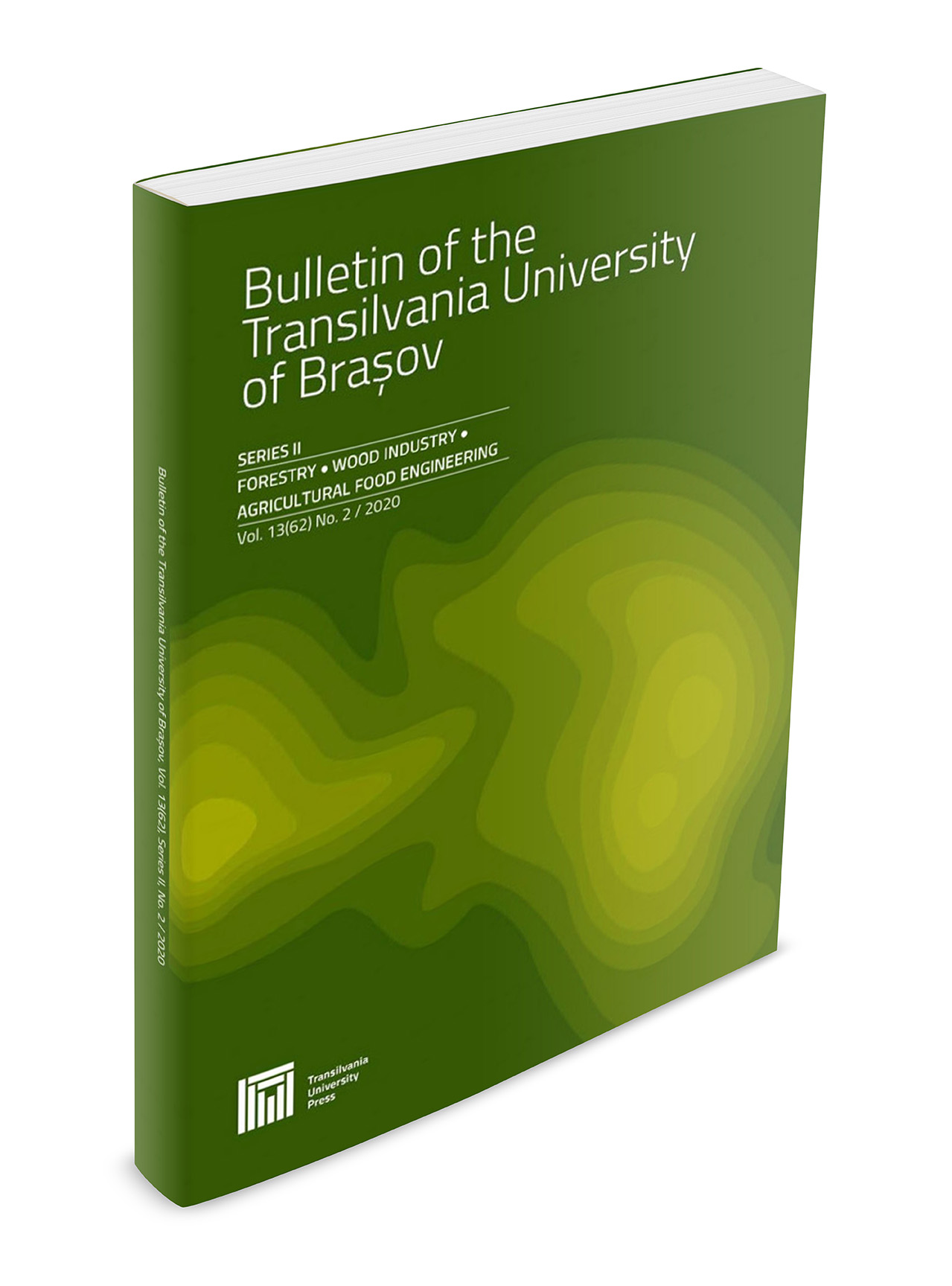Screening of the Influence of Drying Methods on the Total Phenolic Content of “Amaranthus Caudatus”
DOI:
https://doi.org/10.31926/but.fwiafe.2020.13.62.1.9Keywords:
“Amaranthus caudatus”, drying, total phenolic content (TPC)Abstract
Plants are an inexhaustible source of bioactive compounds that play an essential role in the human diet, nutrition, and health. Therefore, researchers’ studies are increasingly focusing on improving the ways of obtaining bioactive compounds from plants. The aim of this research paper is to investigate the effects of drying methods on bioactive compounds such as phenols from “Amaranthus caudatus (L.)” aerial parts waste. In this investigation, various drying methods including freeze-drying, oven drying, microwave drying, and air-convection drying were applied. Moreover, depending on the target bioactive compound, one of the investigated drying methods can be chosen.



